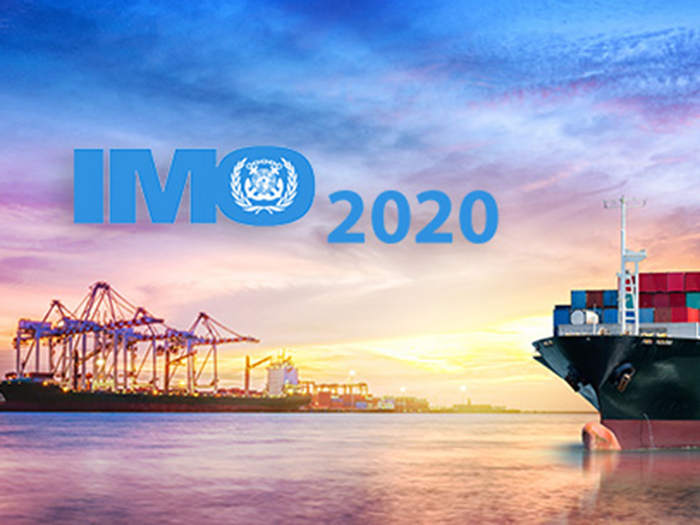
White paper calls for transparency on IMO 2020 fuel surcharges
Written by Nick Blenkey
Seabury Maritime LLC is warning that ocean carriers must be transparent with shippers on how they calculate fuel surcharges. It says that ocean carriers and shippers alike are facing “an uncomfortable uncertainty” over the potential effects of the IMO 2020 global sulfur cap on costs and freight rates as they enter the 2019-2020 trans-Pacific contracting period.
Seabury Maritime, a division of Seabury Capital Group LLC,has released a white paper, called IMO 2020: What Every Shipper Needs to Know, produced in cooperation with Gemini Shippers Group, one of the largest shippers’ groups in the U.S.
“The 2020 deadline to reduce sulfur oxide emissions is one of the most significant regulations impacting liner shipping in recent memory,” says Seabury Maritime Vice President Nikos Petrakakos. “With fuel costs already representing more than 50 percent of total operating expenses, the IMO 2020 poses an increase too significant for carriers to absorb and stay operational.”
Shippers, says Seabury “should be prepared to share in the risk of changing fuel prices through the assessment of reasonable and transparent fuel-surcharge calculations.”
The whit epaper details that the lack of industry standard for fuel-surcharges computation or a clear picture of the underlying costs for low-sulfur fuel allows participants to only roughly estimate its economic impact. Several factors affecting a carrier’s calculation of the fuel surcharges add complexity, making transparency paramount to building trust on both sides.
Kenneth O’Brien, Chief Operating Officer of Gemini Shippers Group, commented: “Through our collaboration with our partners at Seabury Maritime, we have identified the inherent risks and cost drivers represented by the IMO 2020 regulation. Our desire to add transparency to the issues will help shippers and carriers alike navigate the 2019-2020 contracting season.”
Petrakakos says “the intention of this white paper is to promote open dialogue between carriers and shippers by providing insight and a general understanding around metrics used behind bunker calculations.”
“Transparency is key to creating trust that the carriers are truly just passing these new costs in an equitable way. Most fuel data may seem like an important trade secret, but more transparency can actually lead to deeper relationships and less pushback from rightfully suspicious customers, while better highlighting carriers’ efforts to improved fuel efficiency and lower costs as a result. Lack of clarity can even cause undue blowback to carriers in some cases, simply because of the lack of understanding of the metrics, a self-inflicted wound for carriers,” concludes Petrakakos.
Seabury Maritime says that it can help both shippers and carriers in creating mutual trust by analyzing the data from an independent advisor’s vantage point. All parties benefit when there is a clear understanding of the underlying costs for carriers to provide their services to shippers. A transparent method to calculate fuel surcharges and the impact of low-sulfur fuel is imperative to securing the financial health of carriers and shippers supply chains.
The white paper was presented during The Journal of Commerce’s Trans-Pacific Maritime Conference held March 3-6 in Long Beach, CA.
You can download it HERE




